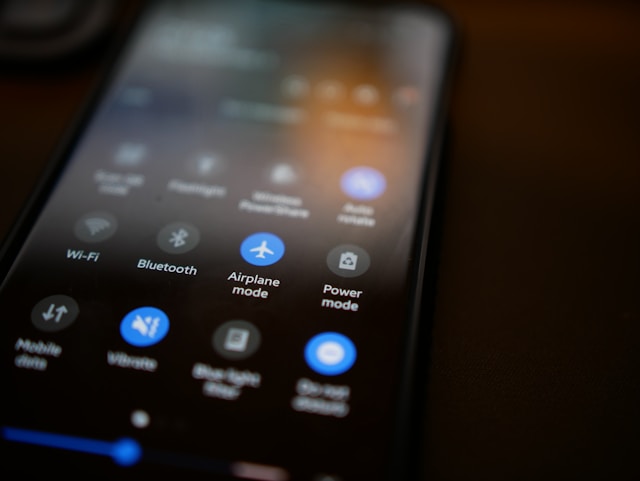Public WiFi is incredibly convenient, allowing people to stay connected in cafes, airports, hotels, and other public spaces. However, using an unsecured network comes with significant security risks. Hackers often exploit these networks to steal personal information, intercept data, and distribute malware.
If you frequently use public WiFi, it’s essential to take precautions to protect your sensitive information. In this guide, we’ll discuss the risks associated with public WiFi and provide actionable steps to ensure safe browsing on public networks.
Common Risks of Public WiFi
Public networks are vulnerable to various security threats. Here are some of the most common risks:
Man-in-the-Middle (MITM) Attacks
Hackers can intercept data transferred between your device and the network, allowing them to steal login credentials, credit card information, and personal messages.
Rogue Hotspots
Cybercriminals set up fake WiFi networks that appear legitimate. Once you connect, they can monitor your online activity and steal your data.
Unencrypted Connections
Websites that do not use HTTPS leave your information exposed. If you enter passwords or financial details on an unsecured site, they can be intercepted.
Packet Sniffing
Hackers use special software to analyze and capture unencrypted data being transmitted over public WiFi. This can include emails, login details, and other private information.
How to Protect Yourself While Using Public WiFi
To ensure public WiFi security, follow these essential tips:
Use a VPN (Virtual Private Network)
A VPN encrypts your internet traffic, making it unreadable to hackers. This is one of the most effective ways to secure your connection while using public WiFi.
Only Visit Secure Websites (HTTPS)
Before entering sensitive information, check that the website’s URL starts with HTTPS. This means the site is encrypted, reducing the risk of data theft.
Turn Off Automatic WiFi Connections
Disable automatic WiFi connections on your device to prevent it from connecting to unsecured networks without your knowledge.
Enable Two-Factor Authentication (2FA)
Even if your login credentials are compromised, two-factor authentication adds an extra layer of security, requiring a secondary verification step.
Use a Mobile Hotspot When Possible
Instead of relying on public WiFi, consider using your smartphone’s mobile hotspot. This provides a more secure connection compared to open networks.
Avoid Accessing Sensitive Information
Refrain from logging into banking websites, entering passwords, or making online transactions while connected to public WiFi. If necessary, use a VPN for added security.
Keep Your Software and Firewall Updated
Ensure that your operating system, antivirus software, and firewall settings are up to date. These updates often include security patches that protect against new threats.
Best Practices for Safe Internet Browsing in Public Places
Beyond technical security measures, here are some additional best practices to stay safe while browsing the internet in public:
Use a Privacy Screen
If you’re working on sensitive documents or entering passwords in a public space, a privacy screen can prevent others from seeing your screen.
Log Out After Use
Always log out of accounts after using public WiFi, especially on shared or public computers. This prevents unauthorized access if someone gains access to the device.
Forget the Network After Use
Once you’re done using a public WiFi network, forget the connection on your device to prevent it from automatically reconnecting in the future.
Conclusion
Public WiFi is convenient but comes with security risks that shouldn’t be ignored. By using a VPN, avoiding sensitive transactions, and following best practices, you can ensure safe browsing on public networks.









